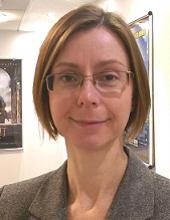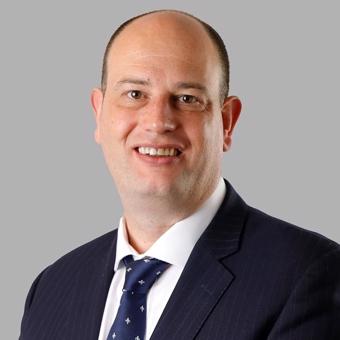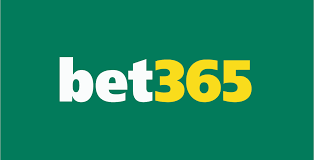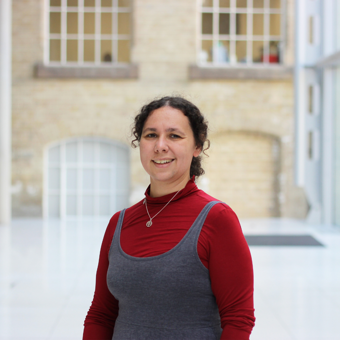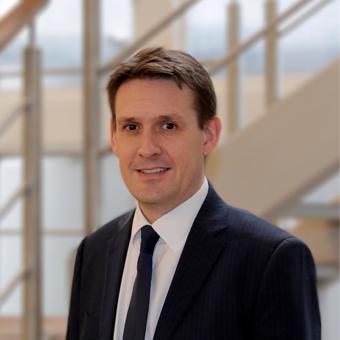Sam Barr – legal projects lead at ODEON Cinemas – on why lawyers need to know their WANs from their LANs
When I started work as a lawyer in the cinema business in 2001, the digital revolution in cinema was just starting. At that time, film arrived at cinema in heavy metal canisters delivered by van. Up in the projection room, the rolls of 35mm film were unpacked from the canisters and rewound onto a large round flat plate. It was skilled work, involving splicing the individual film rolls together manually so that the complete film could be continuously fed into the projector.
14 years later, the 35mm film projectors are gone, replaced by digital projection systems. Now, encrypted digital content arrives at cinema by an ever-evolving array of digital delivery channels. Cinema programming has expanded from film through to music, theatre and sport, including streaming of live events by satellite and IP broadband. Sophisticated theatre management systems manage the playlist, and even control the sound, lighting and temperature in the cinema auditoria.
Of course, cinema is not alone in this kind of transformation. In 2015, any lawyer working in-house with a retail business probably needs to have a solid working understanding of the systems and databases used by the business. Today, technology is the engine of most retail businesses, so lawyers in retail businesses need to be able to “talk tech”.
If you are a lawyer advising a retail business which uses digital technology, but you don’t know the difference between a LAN and a WAN, or you don’t understand what open source software is, for example, the risk is that you may not be fully engaging with the digital technologies driving the business, and thus you may not be providing the strategic, proactive and proportionate legal support that the business needs. And don’t forget, we lawyers are a retail business ourselves, and we need to recognise that the same forces which have transformed cinema are sweeping through the legal world.
I can hardly believe that when I was an articled clerk, the wonderful corporate partner with whom I trained did his deals via a “travelling draft”, negotiating changes to the proposed document by making handwritten amendments in a succession of different colour inks on the same document, which travelled physically between the lawyers by post.
The fundamental change for lawyers, though, is that the legal information formerly contained in books has irrevocably gone digital, and it can be accessed directly by anyone through an evolving set of online access points, both paid-for and free.
Lawyers have ditched the rows of gold-tooled hardbacks and moved to digital tools for their own use quickly enough, but they are being slower at moving away from the mentality which went with the books. Lawyers can no longer justify their existence (and their charges) by being a conduit of information derived from a closed and prohibitively expensive resource. In the digital age, lawyers will be bypassed unless they provide real added value to the information they provide.
In fact, this is “sink or swim” time for many sectors of the legal profession. Lawyers need to get to grips with digital technology, and adapt their business and service models accordingly. It is inevitable that many activities currently undertaken by lawyers will be “de-lawyered” by digital technology and processes delivering a higher volume of activity for a lower price. Lawyers who persist in trying to deliver such activities in the traditional way at the traditional cost will be priced out of the market.
The good news is that there will still be demand for lawyers who can demonstrate that they as individuals can truly provide added value, over and above the ever-expanding digital legal information and processes already available to clients, and at this end of the legal market there will remain scope for lower volume activity at a higher price.
Lawyers thinking about the future should recognise that their understanding of the digital business landscape is the bedrock on which tomorrow’s legal service model will be built. Let’s make sure the foundations are good. And if you don’t know the difference between a LAN and a WAN, or you’ve never heard of open source software, perhaps it’s time to find out!
http://www.odeonanducicinemasgroup.com
